 |
Number two thinking about life and death and Klimpt. Beethoven Frieze and Judith Klimt |
"Huh?"
"Its the name of that coffee house over there from Alice in Wonderland."
She pointed at a coffee house across the street.
It had been two days straight of museums and wandering through Vienna.
There's a giddiness that pours in when things are going right, a tiredness that becomes part of the feeling if things are going wrong. There's a fine line in traveling. Things were going right for us.
But at moments they had gone wrong.
We were back on the upswing after a day making our way through the Albertina and the Belvedere Museums, in the Belvedere palace. The palace had been the summer home of Prince Eugene of Savoy. The opulence of the palace, the whole city really, was a little hard to take. Empires fall, especially when the gap between rich and poor becomes too great. Thats just the way it is. Happened in Rome and Austro-Hungry, seems to be happening in America.
Look around, one can see it in Vienna, where the Austro-Hungarian Empire enjoyed its peak years between the 1860's and the dawning of the First World War.
But empires fall.
And the wreckage of history remains,memories lingering the shadows, assorted placks, and the very design of the city, which has been meticulously rebuilt over the years, so it does not really look different than its 18th century self, people sitting in elegant cafes, waiters in black, etc. But today trams make their way through the city and stores are full.
The old Ringstrasse is full of people. The river is full of graffiti, telling other stories.
"I use humor to cover the fact that i want to jump off," wrote one man.
"Its like everyone is a machine with no feelings," wrote another person.
"Nazis out!" "Refugees welcome!"
Many did have feelings. " Symbolist painter Alfred Kubin wanted to kill himself.
But the gun did not work. So now his black and white sketches hang in the Leopold Museum.
Cskar Kokoschka's portaits there point to the feelings of a man who endured the raids of war and its emotional ravages.
Like a lot of teenages, number two was taken by the Klimpts she saw around town, sexy, vogue magazine muses, highly stylized. I love his works as a reflection of a city, full of contradictions.
Its hard not to walk through the city and remember the movies where you've gotten to know the city in the past, The Third Man, the Woman in Gold, about the city's attempt to hold onto the pieces after the Nazi's looted them.
The darkness is always beneath the surface here, in this city where 65,000 Jews perished after 1938, their storefronts stolen from them, many sent on trains to their demise, after undergoing the humiliation of a Kafkaesque program of vetting to determine their fate, run by the Jews themselves, designed by the Nazis to sew discord. The stench of anti-antisemitism still lingers. But today it is under the guise of anti-refugee sentiment. "Now Germany is pretty dirty and dangerous,"one person told us. "Now that they let in the refugees."
After lunch, we walked to the Jewish memorial in the old Jewish Quarter, home of the old Synagogue and a 14th century pogrom. The memorial is designed as a library of books, life stories, filling what would be absent space. Vienna was the home to the Mauthausen Concentration Camp. It adjusted to the Nazis' in five months, where it took other districts years.
Finishing, we just go on walking, wandering like flaneurs, through the streets, talking about art, women's rights, representation of women in museums, pop culture, and the kind of life she will lead.
Number two tried to lead us home. Its by the cathedral see, she explains. So we walk, get lost, find ourselves at Freud's house, down the street, and make our way by to our apartment, near a different cathedral.
The next day, we made our way to the Secession House and the Leopold Museum.
The Secession reminds everyone that art can and must be fluid.
When it becomes rigid, it is dead.
Tired of historic tropes, the standard neoclassical fair which came to denominate the 19th Century art establishment, in 1896 Klimpt and company stepped away. They declared they were creating something new, Vienna Secession, a manifesto of art and architecture, and an exhibition hall by Joseph Maria Olbrich, which housed his magnum opus, the Beethoven Frieze. The work considers our lives and desires, hope for meaning, capacity to waist away or transcend our limitations and find new voices in a chorus of song. Seeing the piece is why one goes to see art.
I love filling my heart with art in towns such as this, feeling the movement of ideas.
As the Leopold Museum, we traced more the steps of this movement in ideas, from Klimpt and his dialectics of life and death, to Egon Schiele's homage to dead cities, lines and colors we could see in Hundertwasser.
We spend the afternoon just wandering, taking in the ideas of so many museums.
Number two and mom were at the Sesi museum, the formal imperial palace in the center of Vienna. They were both blown away by the concentration of wealth.
We ate a little at a cafe and made our way to the Donaukanal (the Danube Canal).
And spent our last evening in old Vienna. The next day we'd leave for Budapest.
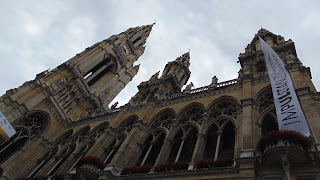 |
| Scenes from days and days of walking in Wein. |




















































































































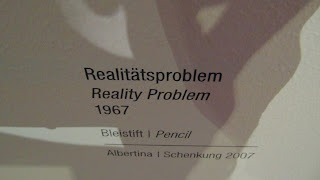



















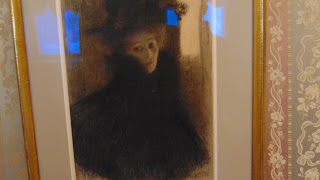















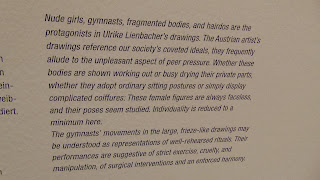



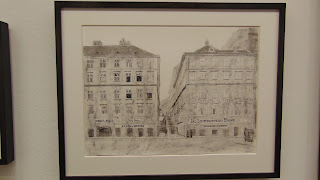





















































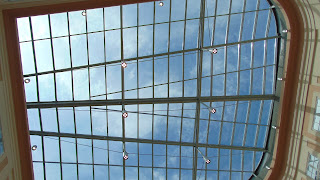
















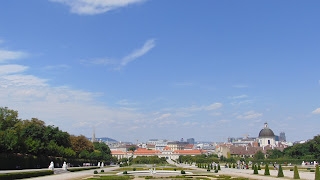











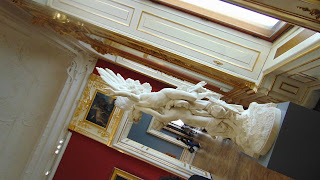















































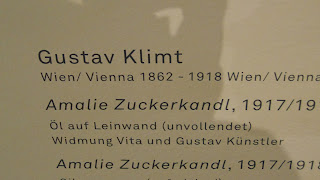
























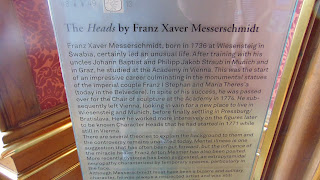






































































































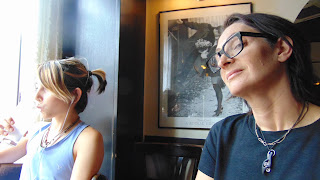




































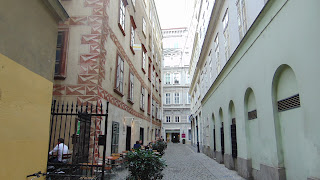






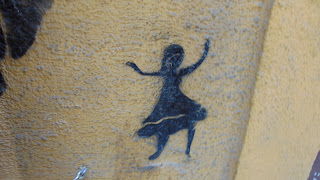








































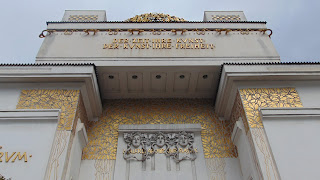















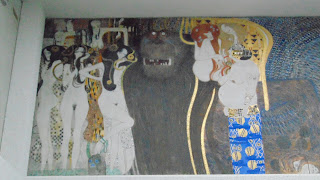



































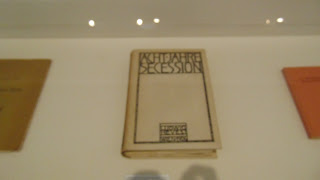

































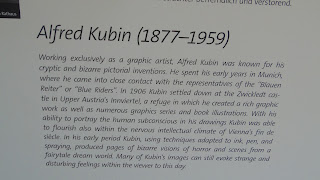































































































































































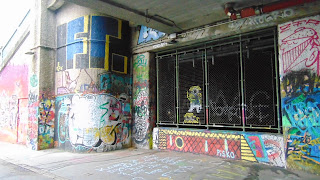





























No comments:
Post a Comment